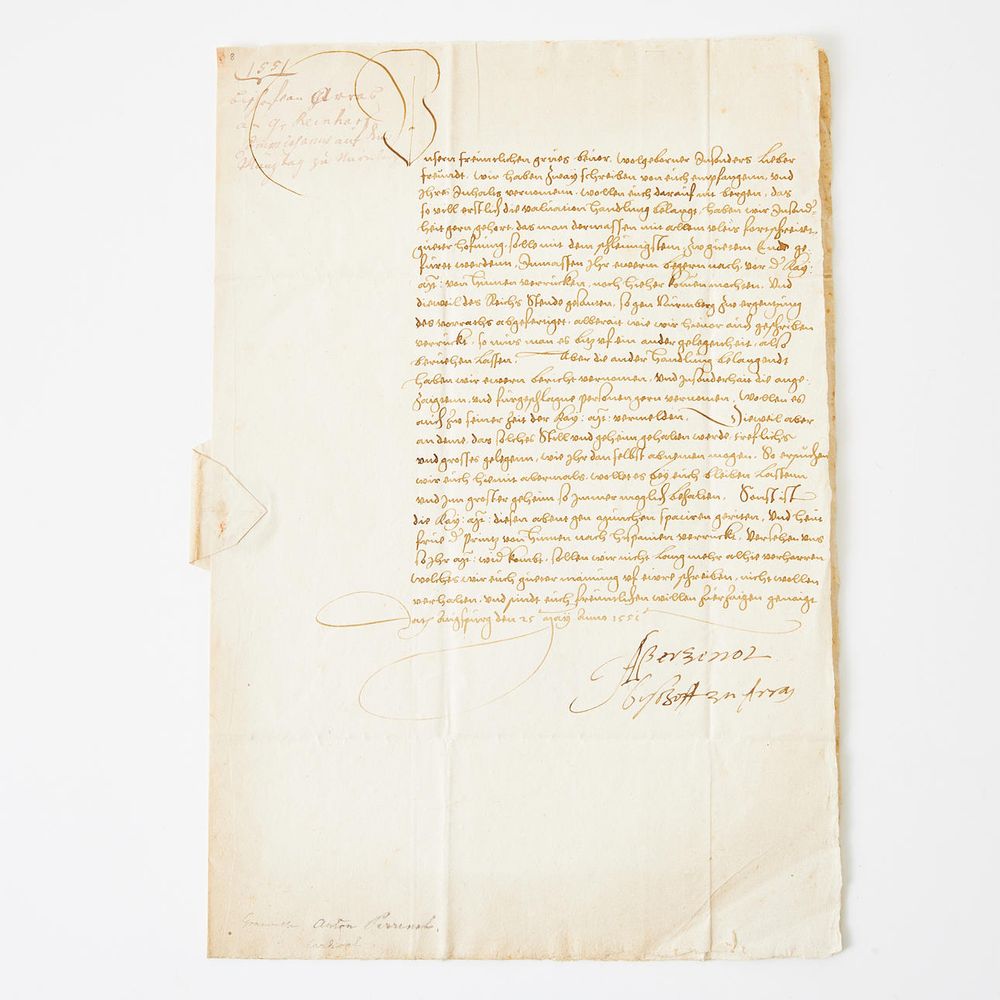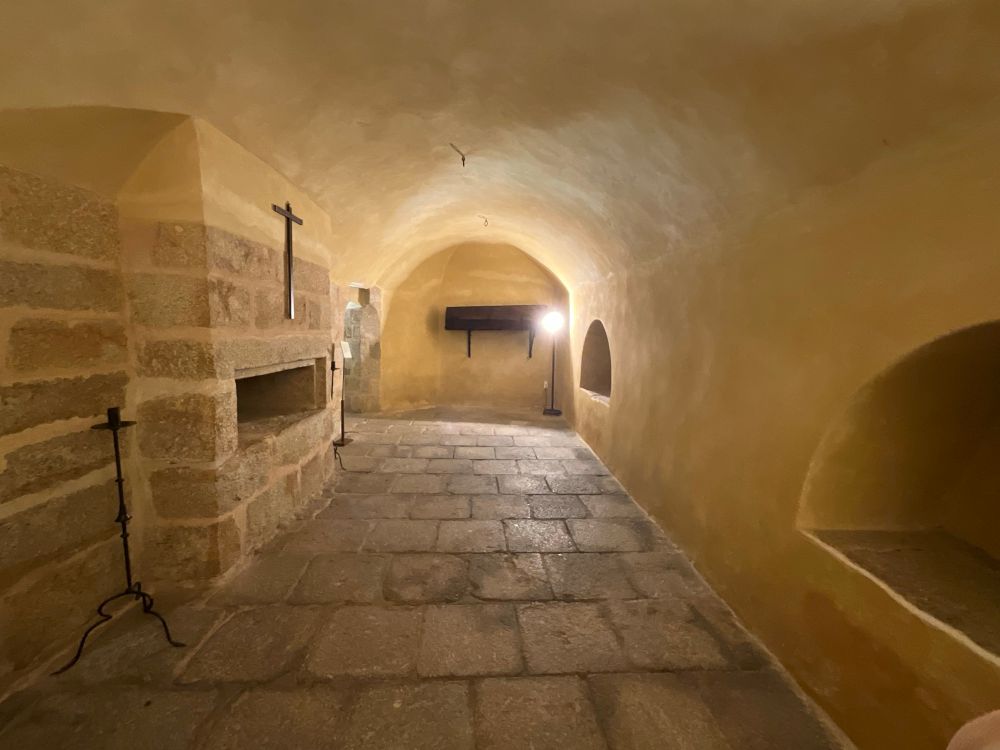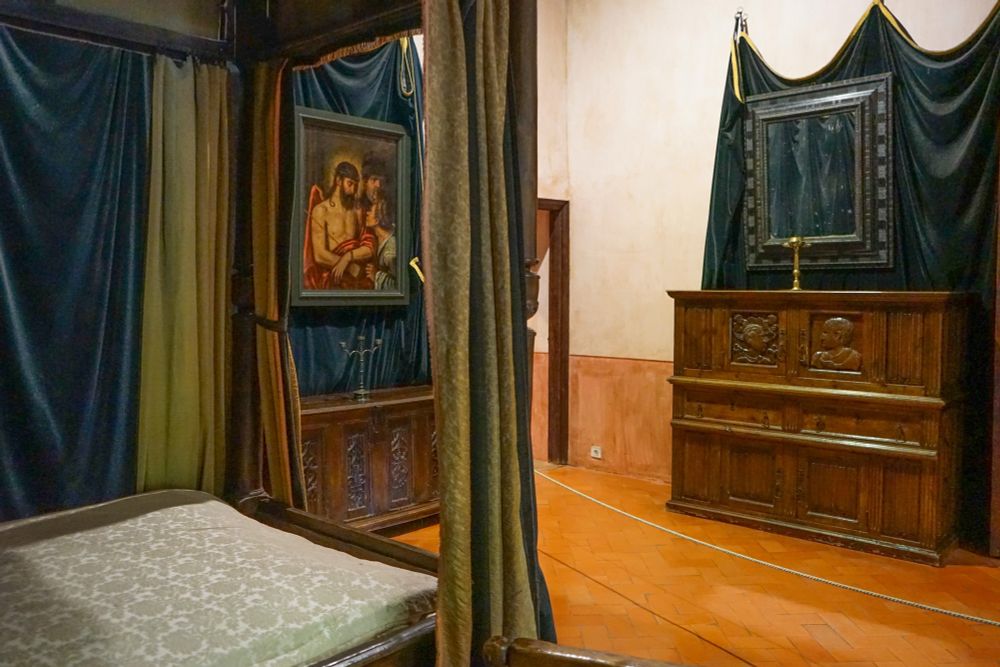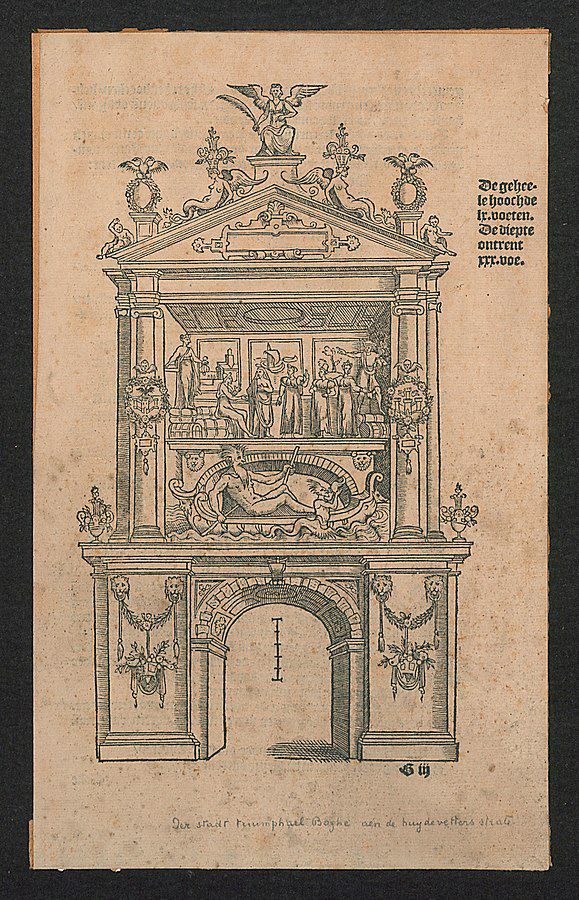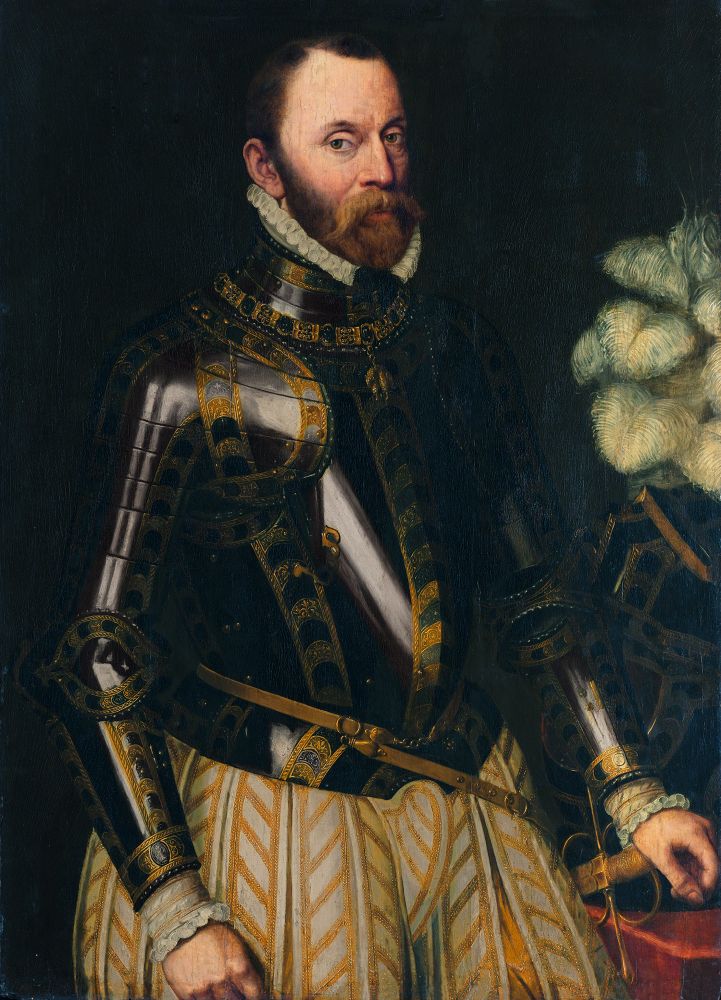Mors et Amor
@mors-amor.bsky.social
540 followers
1.4K following
330 posts
Exploring art, faith, economy and politics of the Low Countries during the renaissance era. Explorando las artes, la fe, la economía y la política en Flandes en la época del Renacimiento
Posts
Media
Videos
Starter Packs













